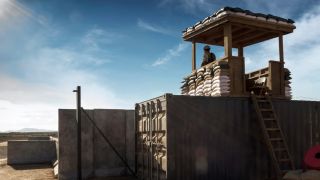Situational awareness for cellular networks in military operations
Decision makers in military operations require a quick grasp of the facts, including parameters of cellular networks. Understanding communications networks is an essential element of situational awareness in any tactical or strategic scenario. Rohde & Schwarz provides high-performance cellular network analysis solutions that can be deployed from ground based or aerial platforms. These solutions give armed forces access not only to an overview of available networks and their coverage but also to automated analysis modules providing military decision makers with the means to quickly and efficiently address any situation. The systems provide data about network structures and single cells by measuring the environment, reading out parameters and analyzing them for multiple purposes, from intelligence preparation of the operating environment to site protection.







